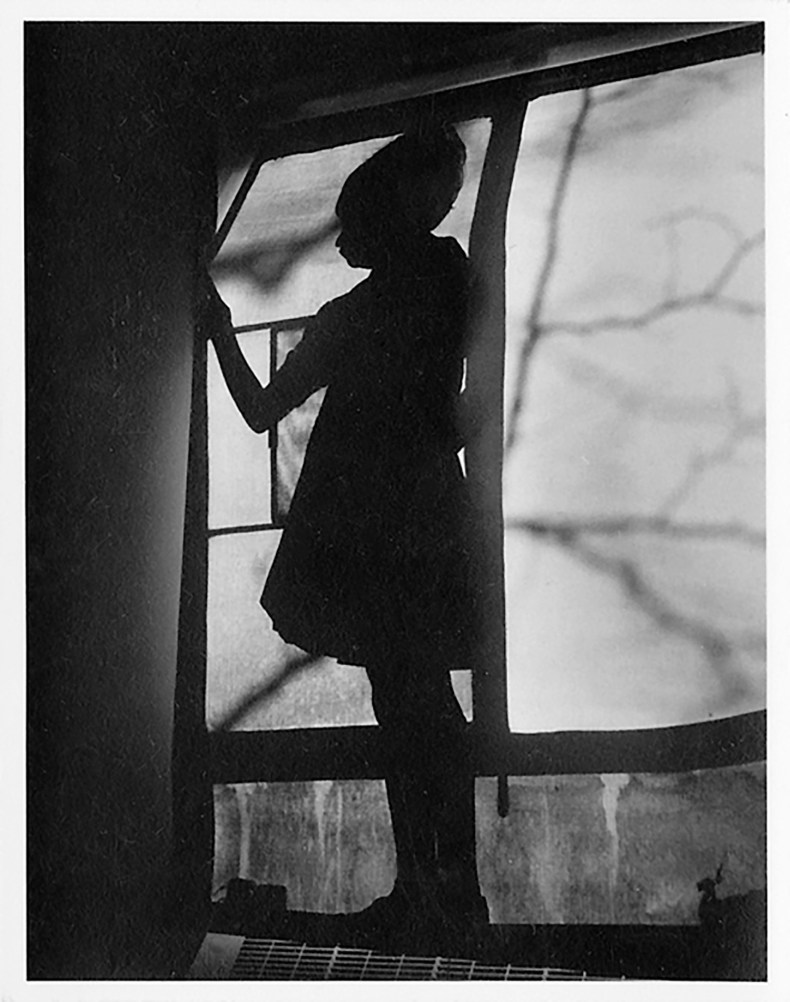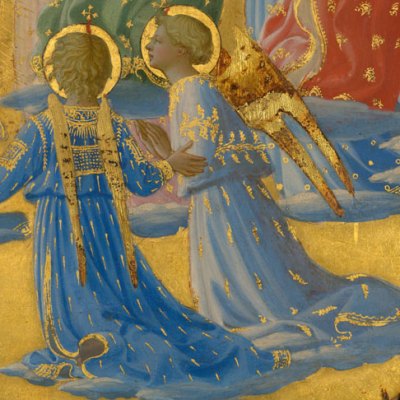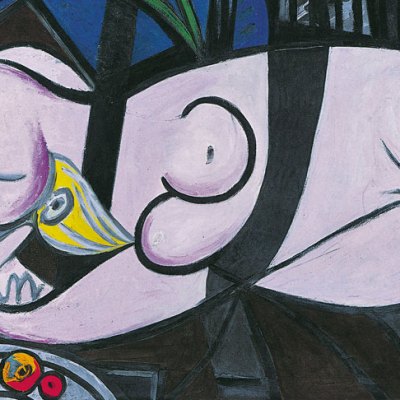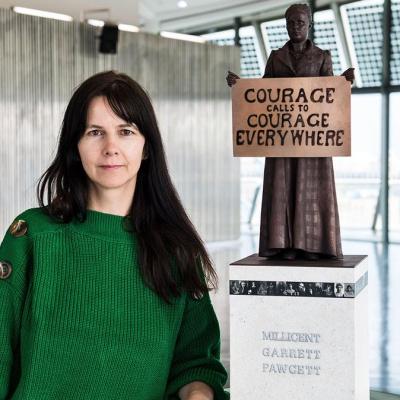The street photographer Vivian Maier (1926–2009) took thousands of photos in her lifetime that have since been exhibited around the world. Documentaries have been made about her and a new biography by Pamela Bannos has just been published by University of Chicago Press. But from the little we know of Maier, she had no intention of ever showing her work, or having it seen. Over the many years she worked as a nanny, first in New York then mainly in Chicago, she could go through a whole roll of film in a single day. Yet few ever saw the images she took as she walked the streets day or night with her Rolleiflex, capturing so many intimate and bold portraits of people from all social classes either in movement, or asleep on a bench, as well as beautifully composed shots using shadows and lines of buildings, stairways, banisters. There is something almost heroic about the idea of an artist concerned only with creating. But Maier’s seeming detachment from reception or market is also chilling. Even the most anti-commercial and avant-garde artists harbour some hope of reaching others. By choosing to work in obscurity, Maier shut down all possibility for communication. The act of taking photographs seems to have been the end point.
Maier is an extreme case, but there are many examples of artists or writers who have cared little for visibility. When Fernando Pessoa died at the age of 47, he left behind a trunk-full of pages that editors are still trying to comb through today. But while he may not have pursued fame and fortune, he certainly self-identified as an artist and made no attempt to hide his writing. Maier never spoke about her photography and it was only discovered by chance. When she was in her eighties and dying alone in hospital, the storage locker that held all her belongings went into arrears. Months before she passed away, the contents, which included the thousands of photos she had taken in the 1950s–70s, much of it undeveloped, went up for auction and was sold to a single buyer who held auctions of his own. The scattering of Maier’s lifework began and the first of her photos started to appear online.
Shadow across a window in a Stuyvesant Town apartment complex, photographed in c. 1954 by Vivian Maier. Ron Slattery collection. © 2017 The Estate of Vivian Maier

It is likely Maier would have been horrified by her growing posthumous fame, and the curiosity surrounding Chicago’s enigmatic ‘nanny photographer’. But despite the question marks over how Maier’s work has been promoted, she did leave behind the real and familiar problem of what to do with ‘orphaned’ artworks. Having given no indication as to what she wanted to happen to her oeuvre when she died, nor indeed any hint as to whether she believed she had one, when her photos began to circulate, difficult questions of ownership, copyright, and curating came up. To complicate matters further, there was no known heir who could manage her estate. (While the search for an heir continues, Maier’s estate is being held in a court-administered trust and sales of her work have been halted.)
In 2015, the European Union passed an Orphan Works Directive, which enabled cultural institutions to digitise the orphaned artworks they hold in their collections and display them on their websites. The UK followed the directive by introducing a national scheme launched by the Department for Business, Innovation and Skills freeing up at least 91 million works – up to 50 per cent of archival records in the UK – that had remained hidden from public view because the rights holders could not be identified. The Tate, for example, could finally reproduce the 12 works it holds by the St Ives painter, Alfred Wallis, a self-taught artist who worked as a scrap dealer and took up painting in his sixties. The Museum of the Mind and Imperial War Museum also liberated a large part of their collections. The former holds orphaned works created by the mentally ill at the Bethlem Royal Hospital; the latter has collected stacks of letters and diaries written during the First and Second World Wars.
Total secrecy, masterpieces left behind, the fracturing of a legacy, and a minefield of copyright issues – Maier’s case forces essential questions about artistic creativity, and how we might engage with work that was made without any intention of anyone else ever seeing it. We find the richest exploration of these same issues in the work of outsider artists, or the creators of what was originally known in the 1940s as art brut or ‘raw art’. There is no suggestion Maier was mentally ill. She willingly chose obscurity whereas outsider artists generally have no choice about the matter, often interned in an asylum, a hospital, or a prison. But looking at them together, these differences matter less than we might think.
Mental Asylum Band-Copse (1910), Adolf Wölfli. Prague City Gallery. © Adolf Wolfli Foundation

Tracing the history of ‘outsider art’ involves following the history of an idea rather than a movement. The notion was first sparked by the recordings and studies of doctors and artists in Europe, most notably Hans Prinzhorn and Walter Morgenthaler in the 1920s, and Jean Dubuffet and Edward Adamson in the 1940s. In the US in the 1960s, the idea of outsider art was appealing to the major figures of the day, many seeking a radical break with ‘insider’ artistic forms, from Pop and Abstract Expressionism to conceptualism. And in the past 30 years the interest and value of outsider art has been rising steadily. New York’s Outsider Art Fair began in 1993, a number of books have been written on the subject, and there have been acclaimed exhibitions of outsider art at major institutions. Today a work by Adolf Wölfli, Henry Darger, or Martín Ramírez can sell for hundreds of thousands of dollars.
Most outsider artists show little if no sense of being ‘creators’ and display no attachment to their work once it is finished. Their audience is, exclusively, the self. There is no concept of possession, no notion of being judged and the work is unmediated by social interaction and relationships. Beyond these typical traits, little unites outsider artists in terms of aesthetics or common themes. Each artist is singular, their set of concerns personal and their dialogue with artistic tradition usually nil. Adolf Wölfli, for example, was a patient of Walter Morgenthaler’s and the subject of the doctor’s landmark study A Psychiatric Patient as Artist (1921). In it he described how Wölfli began to draw obsessively after being interned in the Waldau Asylum in Bern in 1895 and for the next 35 years of his life produced, from the confinement of the clinic, a vast body of work, mostly complex pencil and coloured pen drawings, often incorporating scraps of repeated musical scores and words. Wölfli’s output was staggering (dwarfing that of Picasso or Matisse), consisting of 25,000 densely worked pages and nearly 3,300 drawings and collages.
Henry Darger was also phenomenally productive, and with a similarly vertiginous, totalising vision. The reclusive janitor from Chicago left behind in his dilapidated lodgings an illustrated epic of 15,000 pages and a 5,000-page journal detailing weather patterns. Unlike Wölfli, Darger spoke to no one about his work and, as Lyle Rexer writes in How to Look at Outsider Art (2005), we can only hazard a guess as to what Darger was doing: ‘It is hard to imagine that he intended his vast visual and textual epic of war and carnage to be seen by anyone else. Or rather, he did conceive of an audience, since his prose is sententious and his imagery grand, but he himself stood in for that audience. We can imagine him confronting the spectacle of what he had created and indulging in a conflicted autoerotic pleasure.’
Untitled (Vivian Girls Watching Approaching Storm in Rural Landscape) (mid 20th century), Henry Darger. American Folk Art Museum, New York. Photo: James Prinz; courtesy American Folk Art Museum, New York; © Kiyoko Lerner

In 1972, when Roger Cardinal first coined the term ‘outsider art’, translating art brut for an Anglophone audience, he said he wanted to identify the work of artists with no contact to the art world and who were physically or mentally isolated. This resonates with Maier, both in social and formal terms. Like the majority of outsider artists, Maier was entirely self-taught. She knew no other photographers and likely the only ‘training’ she had was visiting a few exhibitions at the Museum of Modern Art in the 1950s. She was also a social outsider. When she moved to new jobs and homes, she always asked for a padlock on her door. On her bookshelves she turned the spines of her books against the wall so the titles would be concealed. In one of her last jobs she was fired for her hoarding, which had become so extreme she would take over garages and fill rooms and corridors in the homes of her employees with stacks of newspapers and countless boxes. In her neighbourhood in Chicago in the last years of her life, locals thought she was a bag lady for the way she roamed the streets with plastic bags, ate out of cans and sat for hours on the same bench in Rogers Beach Park.
Contemplating art by outsiders can be uncomfortable. They create in isolation, not only from others but also, in a way, from themselves. Many begin working only after a trauma and, as Sanford Schwartz has written recently in the New York Review of Books, ‘their work seems to have the quality of a suddenly found language’. It is often said their activity is a form of internal therapy – a quietening of the mind, an attempt to find order, if not in the head then at least on the page. And as abruptly as it starts, it can stop. Clément Fraisse, a French farmer who was interned in a psychiatric hospital for attempting to set fire to his family’s home using a stack of bank notes, carved 189 wood panels with rows of repeated abstract patterns and figures using found materials in his cell, usually a spoon. The patterns hint at an unfolding narrative, but Fraisse never spoke about his work and when he was released in the 1930s he stopped carving completely (he lived another half century). This radical separation between work and life comes up constantly with outsider artists. Double lives are a recurring feature.
‘True art always appears where we don’t expect it, where nobody thinks of it or utters its name,’ wrote Jean Dubuffet. ‘Art detests being recognised and greeted by its own name. It immediately flees. Art is a character infatuated by the incognito.’ Dubuffet was celebrating what he saw as the freedom of art brut, ‘those works created from solitude and from pure and authentic creative impulses’, unconcerned with success or money. For Dubuffet, art brut manifested ‘an unparalleled inventiveness’ because it was unscathed by artistic culture and came from a deep personal need for expression.
The paradox of Dubuffet’s position is obvious: he celebrated the freedom of outsider art as something self-taught and impulsive, with the aim of having its artists accepted and celebrated by the very establishment and its regimes of taste he considered so moribund and hindering to creativity. For all the problems in this position, we can appreciate where he was going with it, and he was not wrong to isolate necessity as one of outsider art’s key qualities. His description of art brut is also uncannily appropriate for the work of Maier, and it is worth keeping in mind when we look at her photographs and wonder why she was taking them, only to keep the results in a storage locker. The only appropriate answer seems to be because she had to.
From the December 2017 issue of Apollo. Preview and subscribe here.


